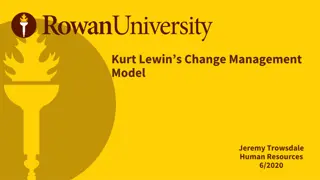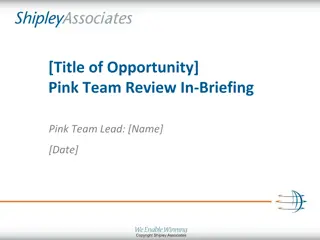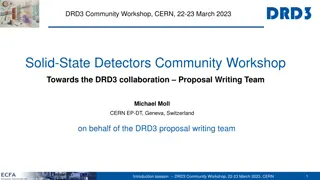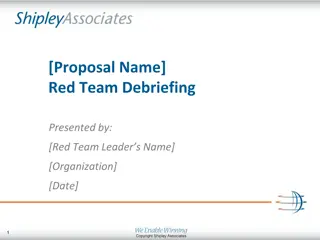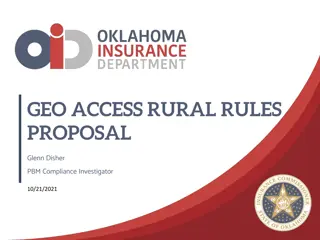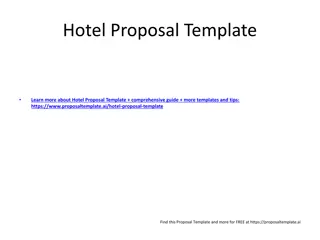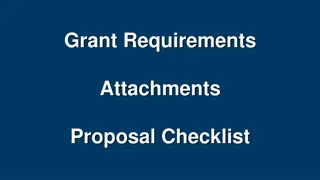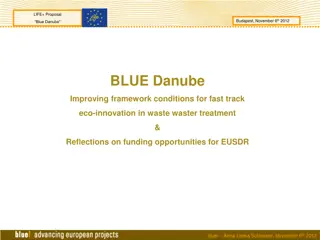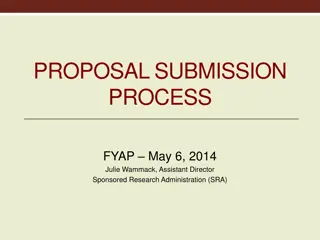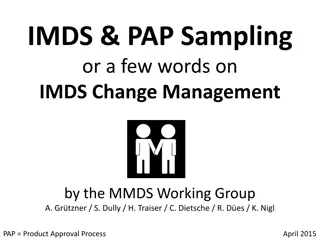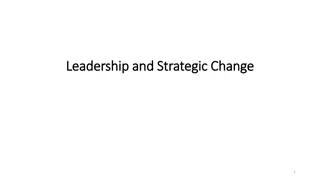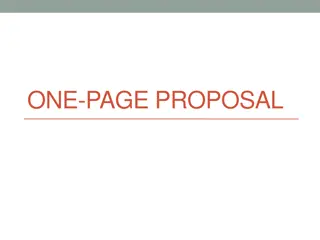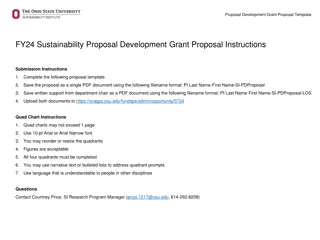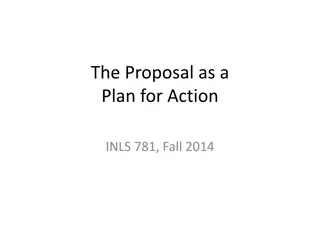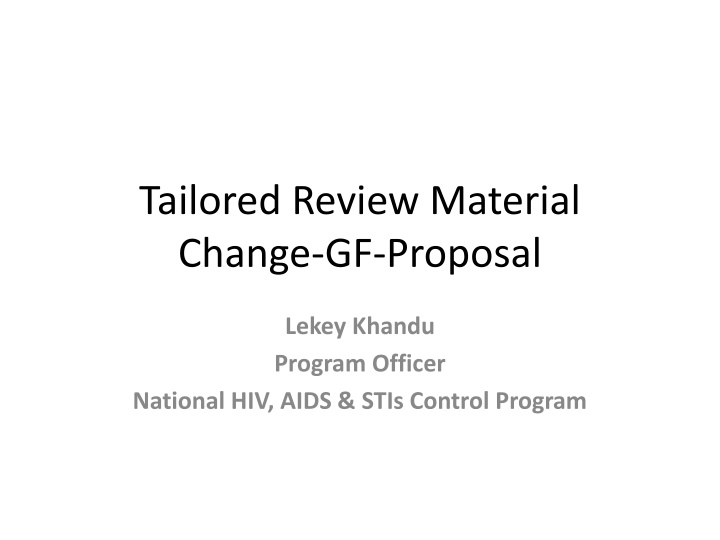
Ending HIV Epidemic by 2030: Tailored Review for Global Targets
"Explore a tailored review material for achieving 90-100-90 global HIV response targets by 2020. Learn about the objectives, process of proposal development, and the importance of material change. Gain insights into epidemiological updates and the mode of diagnosis to combat HIV/AIDS effectively."
Download Presentation

Please find below an Image/Link to download the presentation.
The content on the website is provided AS IS for your information and personal use only. It may not be sold, licensed, or shared on other websites without obtaining consent from the author. If you encounter any issues during the download, it is possible that the publisher has removed the file from their server.
You are allowed to download the files provided on this website for personal or commercial use, subject to the condition that they are used lawfully. All files are the property of their respective owners.
The content on the website is provided AS IS for your information and personal use only. It may not be sold, licensed, or shared on other websites without obtaining consent from the author.
E N D
Presentation Transcript
Tailored Review Material Change-GF-Proposal Lekey Khandu Program Officer National HIV, AIDS & STIs Control Program
Goal: To achieve 90-100-90 global targets for HIV response by 2020, and continue through the planning period, towards ending the HIV epidemic by 2030 Objectives To achieve 90% test and 100% treat targets by 2020. To eliminate new infection among children by 2020. To retain PLHIV on treatment, resulting in 90% viral suppression.
Goal: To achieve 90-100-90 global targets for HIV response by 2020, and continue through the planning period, towards ending the HIV epidemic by 2030 Objectives To achieve 90% test and 100% treat targets by 2020. To eliminate new infection among children by 2020 with 95% of ANC attendees availing HIV test at least once during their pregnancy term. To retain PLHIV on treatment, resulting in 90% viral suppression, so that HIV infection is reduced.
Process of Proposal Development Guided by NSP-III, GARPR-2016, IBBS report, UNAIDS and Programmatic experience and review. Consultative meeting with TWG members and key partners. Submission of draft proposal to PDC (zero draft and 1stDraft)
Why Material Change for this time? To gear towards ending AIDS epidemic by 2030 in line with goals set under SDG. To eliminate pediatric HIV by 2020. To reduce new HIV infections by maintaining undetectable VL (< 1000 copies) To bridge the current detection gap.
Epidemiological contextual updates 65 Male(Adult) Female (Adult) Male(Children) Female (Children) Total 59 60 58 55 53 51 50 45 45 40 35 35 32 32 31 30 30 29 30 27 26 26 25 24 25 22 21 21 20 19 20 18 15 15 15 15 15 13 12 12 11 10 9 10 5 3 2 2 2 2 2 2 1 1 1 1 1 1 1 1 1 1 0 0 0 0 0 0 2007 2008 2009 2010 2011 2012 2013 2014 2015 2016 2017
Epidemiological contextual updates Mode of Diagnosis 155 49 107 42 33 24 ANC Blood Donor Screening Survey Construction site screening Contact Tracing Voluntary Testing
International, Regional and National Policies and Commitments; Revised NSP-III (2017-2023) Revised National HIV, AIDS & STIs Treatment guidelines. Sustainable Development Goals (SDG) of 2015. Political Declaration on Fast-Tracking the AIDS response of 2016. Global Fund Strategy 2017-2022. WHO Health Sector Strategy on HIV/AIDS (2016- 2021)
Prioritized Module Prevention-HIV Testing Services Scale up of testing package (HIV, Syphilis and Hepatitis) screening for all pregnant mothers. EID guidelines will be developed and implemented for all children born to positive mothers. Targeted community assisted testing for key population through outreach and in reach. Mobile testing and health camp for vulnerable population . Roll out of PITC in STI and TB clinics. Strengthening of VCT coverage and contact tracing mechanisms.
Prioritized module Care, Support and Treatment Treating all PLHIV Introduction of viral load testing Strengthening the CD4 services Capacity building of health workers on HIV management and drug adherence. PMTCT Comprehensive HIV services (HIV, Syphilis and Hepatitis).
Changes related to key and vulnerable populations and human rights and gender The targeted population under NFM will continue; High risk women Mobile and migrants population Adolescents & Youths General Population MSM/TG and IDUs Human rights & gender: Development of action plan from the recommendation of the recent legal review assessment report 2016 for key and vulnerable population.
Sustainability Commitment from RGoB for co-financing to BHTF Mainstreaming the services programs. Majority of the interventions are well integrated into existing health and community system. E.g. PMTCT, PITC & HTC, CST. ART drugs already listed in Govt. EDL list. MoH advocating for the 5 of GDP share for health from 3 to 5%. into the government funded Transition and co-financing RGoB contribution (Staff salary, overheads, allowances etc.) 50% of the cost for condom to be met from RGoB The cost for the 2ndand 3rdline to met from RGoB. For the PMTC services the government is providing the formula feeding to +ve infants. Program and BHTF to explore innovative funding strategy to mobilize the fund to accommodate the 2ndand 3rdline ARV drugs on EDL post GF.
Cost category module wise 5% 25% 55% Prevention-HTC CST PMTCT


